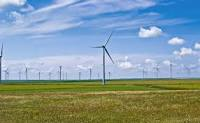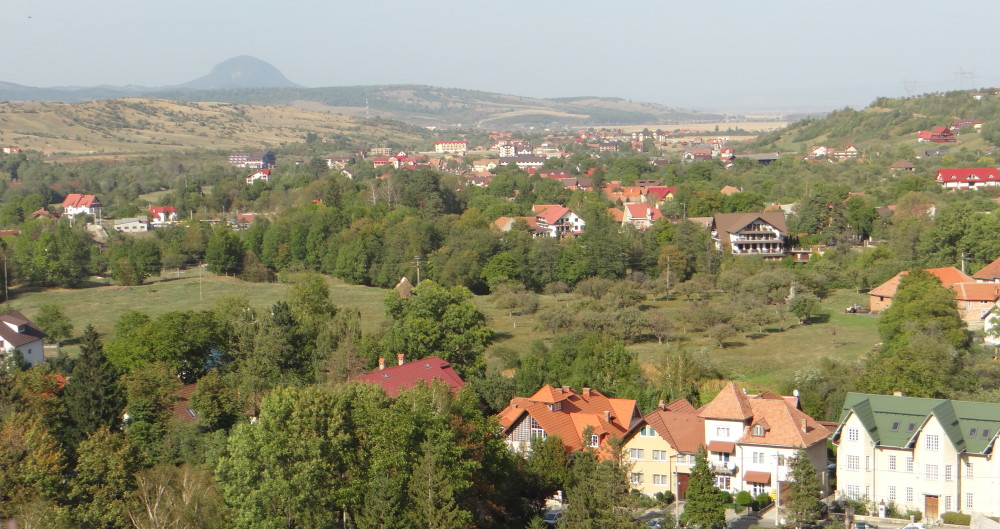 The global warming/climate change industry has been aggressively pushing renewable energy, wind, solar, and biofuels for a long time even though the economies of various industrialized countries need much more energy than what renewables generate.
The global warming/climate change industry has been aggressively pushing renewable energy, wind, solar, and biofuels for a long time even though the economies of various industrialized countries need much more energy than what renewables generate.
The green activists have been zealously lobbying Congress and the EPA to change the laws, rules, and regulations that would make it much more expensive and difficult for fossil fuel energy producers to survive while passing the higher costs onto consumers, impoverishing those customers on fixed incomes and taking away disposable income from the rest.
Green energy causes electricity poverty around the world. Today the Fraser Institute of Canada, an independent, non-partisan public policy think-tank released a study that found that energy poverty is on the rise in Canada.
“Government policies that raise electricity prices may push some families into energy poverty and further stretch the household budgets of families already in energy poverty,” said Taylor Jackson, study co-author and policy analyst at the Fraser Institute.
“Because high energy costs take a large bite out of many household budgets, families across Canada pay the price when government energy policies boost the cost of electricity,” said Kenneth Green, the Fraser Institute’s senior director of natural resource studies and co-author of Energy Costs and Canadian Households: How Much Are We Spending?
According to the study, Canadian households that make $47,700 or less per year are disproportionately affected by energy poverty.
The Fraser Institute found that in 2013 the three regions most affected by energy poverty were Atlantic Canada at 20.6 percent, Saskatchewan at 12.9 percent and Ontario at 7.5 percent, with a general 7.9 percentage in Canada. “Between 2010 and 2013, energy poverty was on the rise in most provinces.” British Columbia had the lowest at 5.3 percent.
The study authors also found that the Green Energy Act of Ontario is responsible for the increase in electricity prices.
In 2013 Der Spiegel warned us that “the political world is wedged between the green-energy lobby, masquerading as saviors of the world, and the established electric utilities, with their dire warnings of chaotic supply problems and job losses.” http://www.spiegel.de/international/germany/high-costs-and-errors-of-german-transition-to-renewable-energy-a-920288.html
In Germany, the Energiewende, or energy wave (revolution), was “Chancellor Angela Merkel’s project of the century.” It turned out to be a flop, although not as bad as her recent policy of welcoming with open arms of waves of violent Muslims into Europe.
After the Fukushima nuclear disaster in Japan, Merkel “quickly decided to begin phasing out nuclear power and lead the country into the age of wind and solar.” The government-predicted renewable energy surcharge turned out to be higher than the 20 percent price hike.
Of all the companies that must pay the renewable energy surcharge, 2,300 German businesses with lobbying representation, were able to exempt themselves from this green energy surcharge by claiming tough international competition.
Der Spiegel said that German customers were forced to pay 20 billion euros for electricity from solar, wind, and biofuel plants that had a market price of only 3 billion euros. The authors explained that this cost did not include “unintended costs and collateral damage associated with the project.” The costs included the fact that, depending on weather and time of day, the entire country can face “absurd states of energy surplus or deficit.” Solar panels and wind turbines can generate lots of electricity at times and other times zero.
According to Der Spiegel, more than 300,000 German households a year had their electricity cut off for unpaid bills. Caritas, a charity group, called this “energy poverty.”
Sweden, a heavily forested country, used up its biomass from wood and paper industry waste to fuel conventional power plants; once it exhausted this source, it switched to wind farms on land because the offshore ones were very expensive and tended to rust much quicker.
There is no doubt that Americans have also been affected by energy poverty. The Institute for Energy Research is citing the case of the residents in Pueblo, Colorado. The state’s Clean Air-Clean Jobs Act forced inexpensive coal plants to be closed. Their residential kWh rate has increased 26 percent since 2010 when “the new local utility company in Pueblo replaced nearly all its inherited cheap coal capacity with wind and natural gas.” Residential customers, with a poverty rate of 18.1 percent and one third of the population on welfare, had to pay for the large infrastructure bills when the switch was made. Wind turbines were added in order to meet the state’s Clean Air-Clean Jobs Act requirement of 30 percent capacity coming from renewable resources. http://instituteforenergyresearch.org/analysis/energy-poverty-coming-america-coal-shuttered-green-power/
At CPAC 2015, during a panel discussion on climate change and global warming alarmism, Gary Broadbent, representing Murray Energy Corporation, the largest privately held coal mine in the U.S., highlighted Obama’s “war on coal” via regulations passed by EPA alone in the last five years totaling 25,000 pages. Quoting Robert E. Murray, Chairman of Murray Energy Corporation, Broadband said, “Prior to the election of President Obama, coal provided 52% of the electricity generation in our country. Today it is 37%. In our judgement, it will further decline to about 30%, at a maximum.”
Enumerating the 411 power plants designated for closure through 2016, “101,000 megawatts of the lowest cost electricity in America,” CEO Murray wrote that electricity, generated by coal at the plant cost of 4 cents per kWh, will be replaced by “Mr. Obama and his appointees” with 15 cent per kWh electricity from natural gas and 22 cent per kWh electricity from wind and solar power, not to mention the huge subsidies to solar power from American taxpayers.
In CEO Murray’s opinion, the Obama Administration has bypassed illegally Congress, the Federal Energy Regulatory Commission, and the States and their Public Utility Commissions, which are “empowered to regulate the availability and cost of electricity.”
According to Chairman Murray, while we came within 700 megawatts of reducing loads to 61 million Americans in 13 states during the Polar Vortex of 2014, “China has been building a new 500 megawatt coal-fired plant every week for years, [and] burned about 4.0 billion tons of coal last year.”
ILEANA JOHNSON
American By Choice
